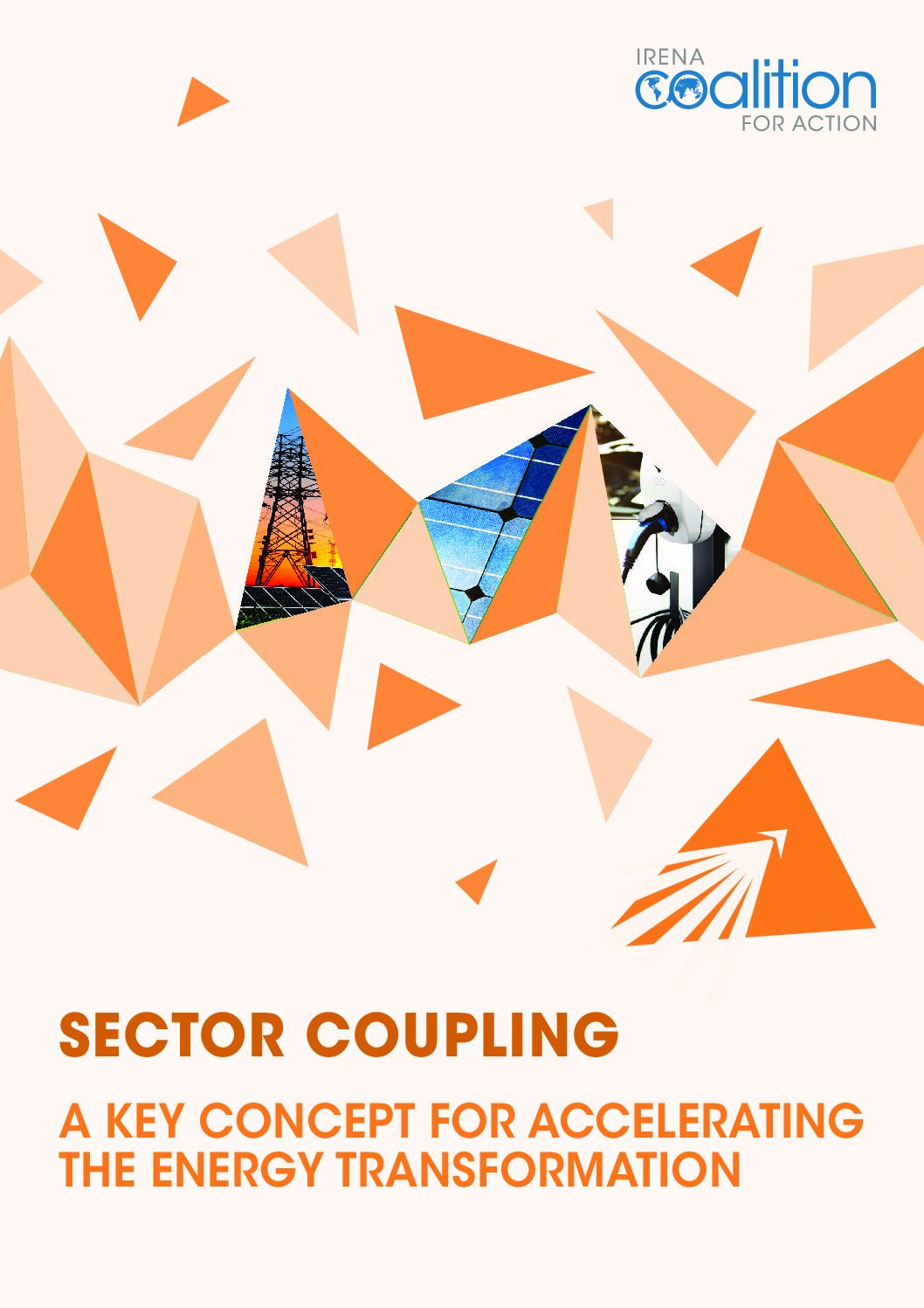
The successful achievement of the objectives set out in the United Nations 2030 Agenda for Sustainable Development and the 2015 Paris Agreement requires a rapid transformation of energy systems across the globe towards high shares and eventually 100% renewable energy. As a growing number of countries announce ambitious pledges and actions to phase out fossil fuels and enact policies in line with achieving net-zero emissions by 2050 or earlier, renewable energy will need to play a dominant role across all sectors.
Renewable energy has demonstrated consistent resilience during the COVID-19 pandemic and will continue to lead decarbonisation across sectors. The International Renewable Energy Agency’s (IRENA’s) findings suggest that in 2018 the share of renewables within end-use sectors was as follows: 26% electricity, 14% industry, 3% transport and 34% buildings (IRENA, 2022a).1 The penetration of renewable energy in the power sector has advanced significantly in comparison to other sectors. Increasing the share of renewables in, and across, sectors and technologies will require the rapid and significant scaling up of efforts in areas such as end-use electrification, direct use of renewable energy, energy efficiency and infrastructure development.
Sector coupling strategies and technologies have the potential to enhance the flexibility of energy systems and thereby integrate higher shares of renewables. Coupling different sectors has many advantages: it increases the share of renewable energy across sectors and thus mitigates energy-related emissions, including greenhouse gases, for instance by replacing petrol and diesel in transport, or replacing natural (fossil) gas, coal and oil for heating in buildings (IRENA, 2021a).
Sector coupling can also provide increased grid flexibility by broadening the options for dispatching electricity from variable renewable energy sources – if the coupled sector can be inter-operated in an intelligent and smart way. These dispatching options effectively increase the share of renewable energy across sectors, resulting in lower energy-related emissions. For instance, batteries in electric vehicles (EVs) can be used to reinject power into the grid at times when the vehicle is not used (vehicle-to-grid) if smart charging systems are put in place and clear economic incentives provided
